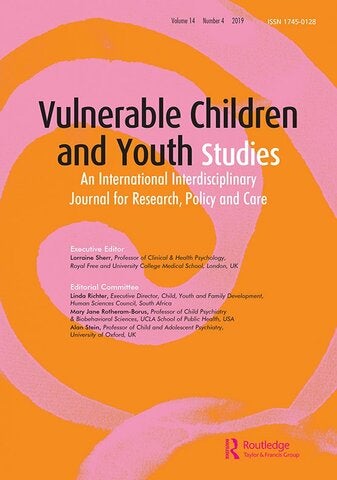Worldwide, an estimated 2.7 million children live in so-called orphanages or other residential care facilities. This figure is likely an underestimate, however, since many low and middle-income countries lack reliable data on this issue. To address this gap, the United Nations Children’s Fund (UNICEF) has developed a comprehensive tool to collect data on children living in residential care. It is comprised of a protocol that outlines the recommended steps for gathering data, 12 data collection tools, and an implementation package covering everything from sample design to the dissemination of the findings. The package is designed to generate information on the number and location of all residential care facilities in a country, the number and basic characteristics of children living in them, as well as selected measures of their well-being. The survey gathers data from children and their caregivers using existing measures of child well-being that can produce data for reporting on a number of key child-related indicators, including those that comprise global monitoring frameworks such as the Sustainable Development Goals. The purpose of this article is to describe the process of testing and piloting the UNICEF protocol on children in residential care in three countries: India, Ghana, and Kazakhstan. The methodology employed in each country is briefly described along with some of the key challenges faced, and lessons learned, from implementing the protocol in these three diverse settings.

